

Position: Head of research, Plant & Food Research. Field: Honey bees and pollination. For Dr Mark Goodwin, working with pollination has its challenges. Most crop plants only flower for a few ...
READ MORE

Position: field services manager and research assistant, University of Canterbury. Field: Ecology As part of her job as Terrestrial Ecology Technician, at the School of Biological Sciences, Jenny ...
READ MORE

Birdlife has been declining in the New Zealand bush for many years, mainly due to introduced predators such as rats and stoats. Professor Dave Kelly and Jenny Ladley of the University of ...
READ MORE
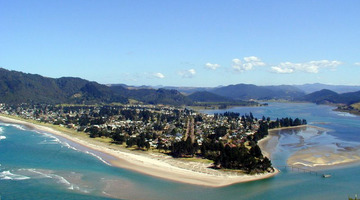
In this activity, students discuss how a variety of everyday objects can serve as metaphors for the important characteristics and functions of estuaries. By the end of this activity, students ...
READ MORE

In this activity, students take on the role of a stakeholder in New Zealand fisheries. In their role, they decide whether they agree or disagree with the statement ‘there are plenty of fish in ...
READ MORE
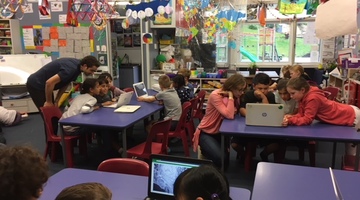
This unit plan shows how teacher Carol Brieseman used the online citizen science (OCS) project Identify New Zealand Animals to offer her students another way of developing their understanding ...
READ MORE
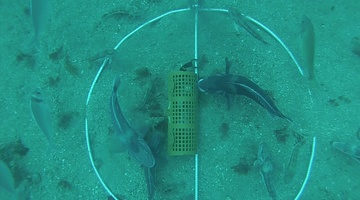
Come and visit Aotearoa New Zealand’s underwater world in this online citizen science project. Discover, count and identify unique fish species that live within our marine reserves ...
READ MORE
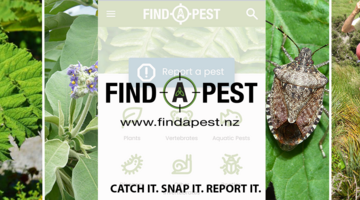
The free Find-A-Pest app makes it easy to report and identify possible pest species. Wherever you are, you can help protect Aotearoa New Zealand’s primary industries and native species in two ...
READ MORE
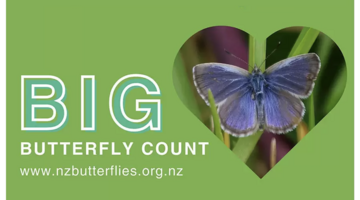
This New Zealand-based citizen science project collects data about butterflies in our gardens, schools, parks and farms – any location in the country or on the outer islands. This annual event – ...
READ MORE
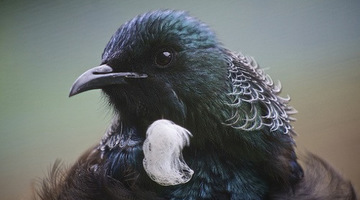
New Zealand is well known for its unique bird life. Our endemic birds evolved in an isolated, island environment. The arrival of people, the deliberate and accidental introduction of mammalian ...
READ MORE
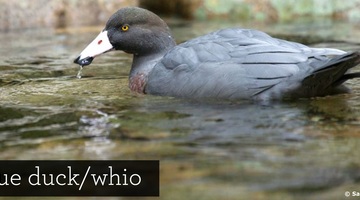
In this recorded professional learning session, Shanthie Walker from DOC and Lyn Rogers explore why the whio/blue duck is so important to New Zealand. They use the Department of Conservation Whio ...
READ MORE

In this recorded professional learning session, Shanthie Walker from DOC and Lyn Rogers continue to explore why the whio/blue duck is so important to New Zealand and why it is so endangered. They ...
READ MORE
View Dr Mark Goodwin of Plant & Food Research working with honey bees at an open hive, using smoke to calm them. Hear about some of things that Mark finds amazing and exciting about bees and ...
READ MORE
Jenny Ladley of the University of Canterbury explains how she discovered that the flowers of the native Peraxilla mistletoe only open when tweaked by certain native birds. This flowering ...
READ MORE
Many New Zealand birds have declined in numbers, so Dave Kelly and Jenny Ladley of University of Canterbury study the effect this has on native bird-pollinated plants. Dave explains the need to ...
READ MORE

The marine environment of the Auckland Islands in the New Zealand Subantarctic Islands group is home to a diverse range of species. Use this interactive image to learn about this diverse ...
READ MORE
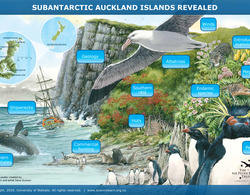
An interactive overview of the Auckland Islands. Click on the labels for more information. Select here to view the full transcript and copyright information.
READ MORE
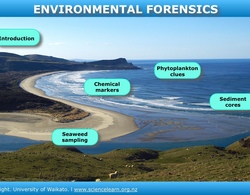
Dr Candida Savage explains the clues she collects in estuaries and fiords, to understand how changes in land use affect these environments. Click on the labels to watch the videos for more ...
READ MORE